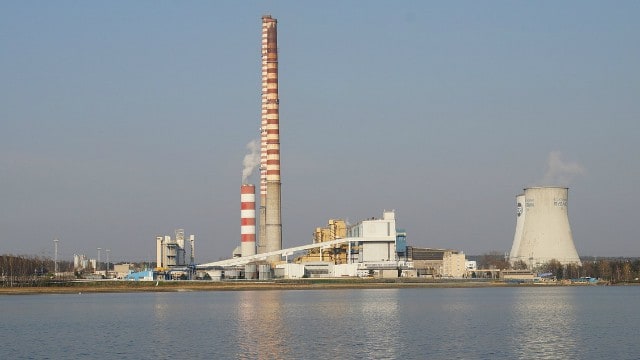On a year-to-date basis, shares of Teck Resources Ltd. (TSX:TECK.B)(NYSE:TECK) have appreciated by close to 5%, but in spite of being good news for existing shareholders, it does not tell the whole story. Coming off of an incredible run in 2016, shares may now have peaked as the company faces headwinds on a number of fronts.
We’ll begin with the balance sheet, where there is more than $6.3 billion in debt which needs to be serviced in a rising interest rate environment. The lower interest rate debt coming due in the next three years will need to be rolled over at higher rates, which will bring on more headwinds. Over the past two years, the interest expense has been no less than $455 million (2015) and $571 million (2016), which accounted for 5.5% (2015) and 6.1% (2016) of revenues.
Shares are currently trading at a price of approximately $28. The company’s tangible book value per share is no longer a reason for investors to enter this security. With tangible book value of $30 per share, the market is signaling that the value of the mines owned by the company may not be on the way up (in contango), as was previously the case. Several years after President Obama declared war on coal, many are coming to the realization that this very inexpensive commodity is not the healthiest. The result is that the supply of coal has far dwarfed the demand over the past several years.
When considering the technical indicators for this security, the highest price of more than $35 came in November 2016 with subsequent runs coming in the months that followed. The challenge faced by investors, however, is the bull runs which followed the 2016 high consistently fell short of the $35 price tag. Throughout the 2017 calendar year, each peak has been lower than the previous one, signaling a bear market for the stock. When considering the simple moving averages (SMA), the volatile share price has seesawed above and below both the 50-day and 200-day moving averages over the past several months as the vicissitudes have been plentiful.
At a current share price near $28, investors may be wise to hold off until the market offers at least some clarification as to the direction of investor sentiment. With both the 50-day and 200-day SMAs also moving back and forth, investors may have a very difficult time finding a good night’s sleep while holding these shares. Oftentimes, SMAs are more telling than the simple share price movements.
It is worth noting that for long-term investors who’d purchased shares at the end of 2015 or beginning of 2016, the change in value between $28 and $30 may not mean much, as shares traded at a low price of less than $5 per share, and certain buyers have made a significant amount of money on the recovery. For those considering this as a new investment, however, history has proven that the risk profile is not for the faint of heart. Shares could potentially decline significantly from here.







